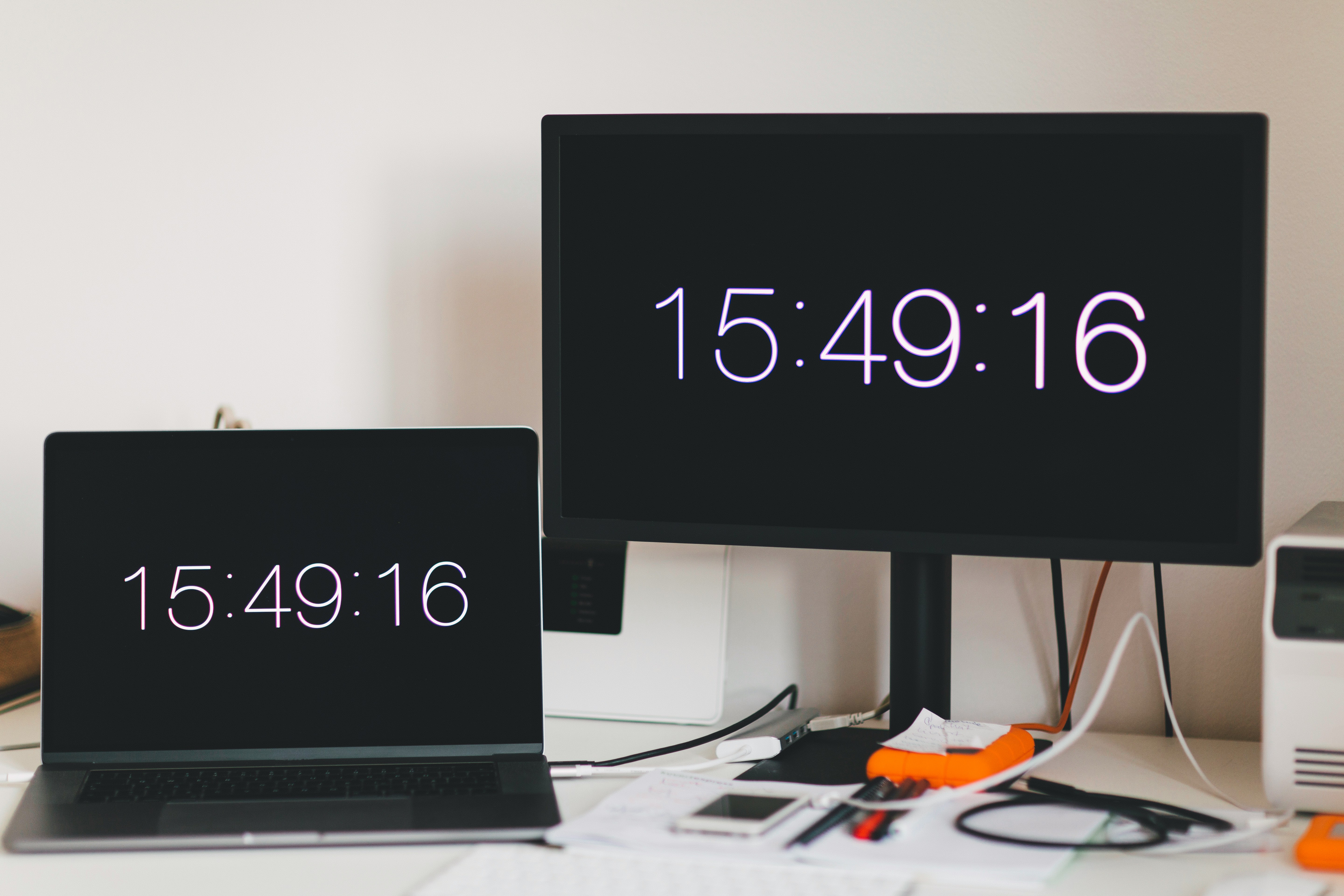In today’s fast-paced digital world, it’s no secret that screens are a major part of our children’s lives. From online learning to social media, gaming to streaming, technology is deeply woven into daily routines. While digital tools can be incredibly useful, unmonitored screen time can lead to problems like reduced physical activity, sleep disturbances, and lower academic performance.
That’s where a digital habit tracker comes in — a simple yet effective way to monitor and improve your child’s relationship with technology. Here’s how you can use one to create healthier tech habits at home.
What is a Digital Habit Tracker?
A digital habit tracker is a tool — often an app, spreadsheet, or printable chart — that helps you and your child log and review how much time is spent on various digital activities. This includes time on smartphones, tablets, laptops, gaming consoles, and even smart TVs.
The goal isn’t just to limit screen time, but to understand how your child is using their devices and guide them toward more intentional and balanced use.
Why Track Tech Habits?
Tracking digital habits offers several benefits:
- Awareness: Many kids (and parents) underestimate how much time is actually spent on devices.
- Balance: It encourages a healthier mix of screen and non-screen activities like reading, outdoor play, and family time.
- Goal Setting: Helps set realistic, age-appropriate limits.
- Early Intervention: Spotting problematic behaviors early — like excessive gaming or late-night phone use — can prevent long-term issues.
Steps to Monitor and Improve Your Child’s Tech Routine
1. Start with a Baseline
Before making changes, observe and record your child’s digital habits for a week. Track time spent on different apps or activities, and note the context — are they using screens for school, relaxation, or socializing?
2. Choose the Right Tracker
Pick a format that works best for your family:
- Apps like Forest, RescueTime, or Screen Time offer automated tracking and parental controls.
- Spreadsheets or printable charts can be filled in daily with your child’s help.
- Journaling is another option for older kids to reflect on their screen usage.
3. Set Clear Goals Together
Involve your child in setting screen time goals. This promotes cooperation and accountability. Goals might include:
- Reducing total screen time by 30 minutes a day.
- Limiting entertainment apps to one hour daily.
- Ensuring no screens 1 hour before bedtime.
4. Introduce Screen-Free Zones
Establish areas in your home where devices are off-limits, such as the dining room or bedrooms. This reinforces boundaries and encourages more face-to-face interaction.
5. Replace, Don’t Just Restrict
Encouraging alternative activities is key. Introduce hobbies, sports, board games, or creative outlets like drawing or music to fill the gap.
6. Review Progress Weekly
Set a time each week to review the habit tracker with your child. Celebrate small wins and adjust goals as needed. This keeps the process positive and adaptive.
Tips for Long-Term Success
- Be a Role Model: Kids learn by watching. Show healthy tech habits yourself.
- Stay Positive: Focus on progress, not perfection.
- Be Flexible: Allow for extra screen time during special occasions or illness — balance is more important than rigid rules.
- Use Tech to Teach: There are many educational and creativity-based apps that can enhance learning instead of simply entertaining.
Conclusion
Helping your child develop healthy tech habits doesn’t have to be a battle. With a digital habit tracker, you can turn monitoring into a shared activity that builds awareness, discipline, and trust. By setting goals together and focusing on balance, you’re not just limiting screen time — you’re teaching lifelong skills for self-regulation in a digital world.
